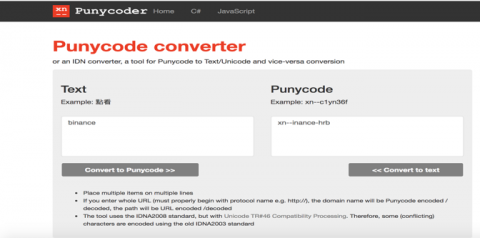Do you trust your cache? - Web Cache Poisoning explained
As we are all currently confined to a life at home during the pandemic, it has become more important than ever that our favorite web applications stay fast and reliable. Many modern web applications use web caches to keep up with these demands. While this works wonders from a performance perspective, it also opens up new attack vectors. One of these new attack vectors is called Web Cache Poisoning.








